6 Types of Sofa Filling
Filling and stuffing define comfort and cosiness. Let’s take a closer look at the most popular filling and stuffing types featured in soft furniture.
A spring box is the most old-school sofa seat support.
This cartridge was the only option to maintain the sofa’s relative resilience until recent times.
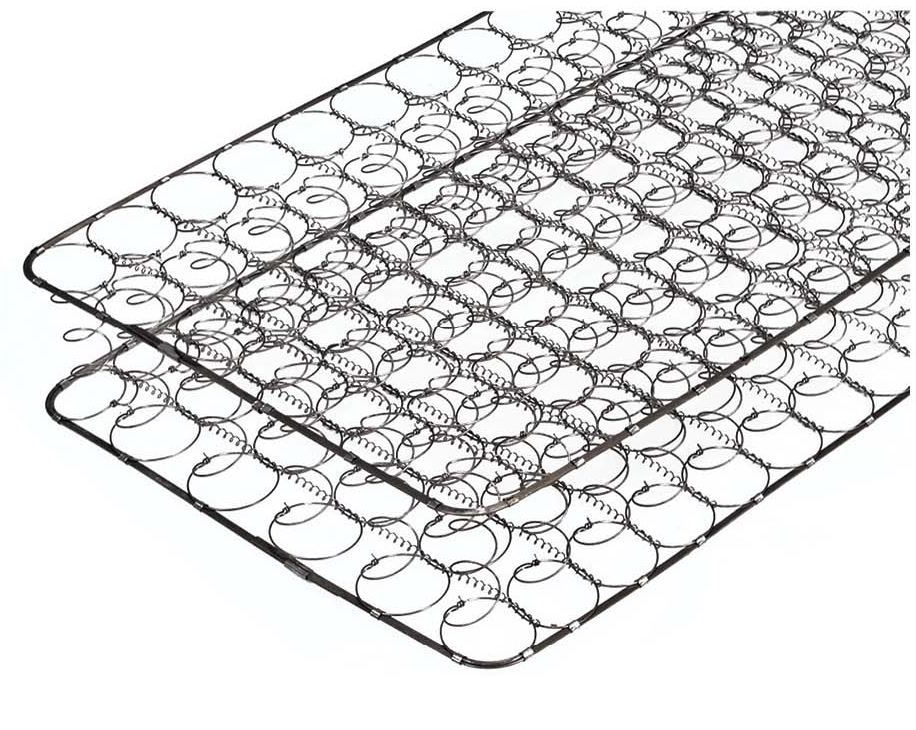
Types of spring boxes:
- Bonnel ensures durability and features springs that are interconnected.
- Serpentine spring boxes are fixed horizontally inside the sofa seat.
- Pocket spring mattresses feature vertical textile cartridges that contain an independent spring element. This technique ensures the parts contract, having no impact on neighbour springs.
Pocket Spring Boxes
The cartridge complements the wooden frame. The outer part of the spring box is covered with soft materials like felt or polyurethane block. Like those offered by our factory, high-quality pocket spring boxes feature several layers of softening materials. The topcoat stars tough fabric and upholstery. The finished product quality relies on these components.
If the furniture item is deprived of a durable wooden frame and the manufacturers prefer cheap thin slabs of fibreboard covered with a thin foam plastic sponge and low-end upholstery, forget about the serviceable life. You will probably require to replace the sofa within a year or less.
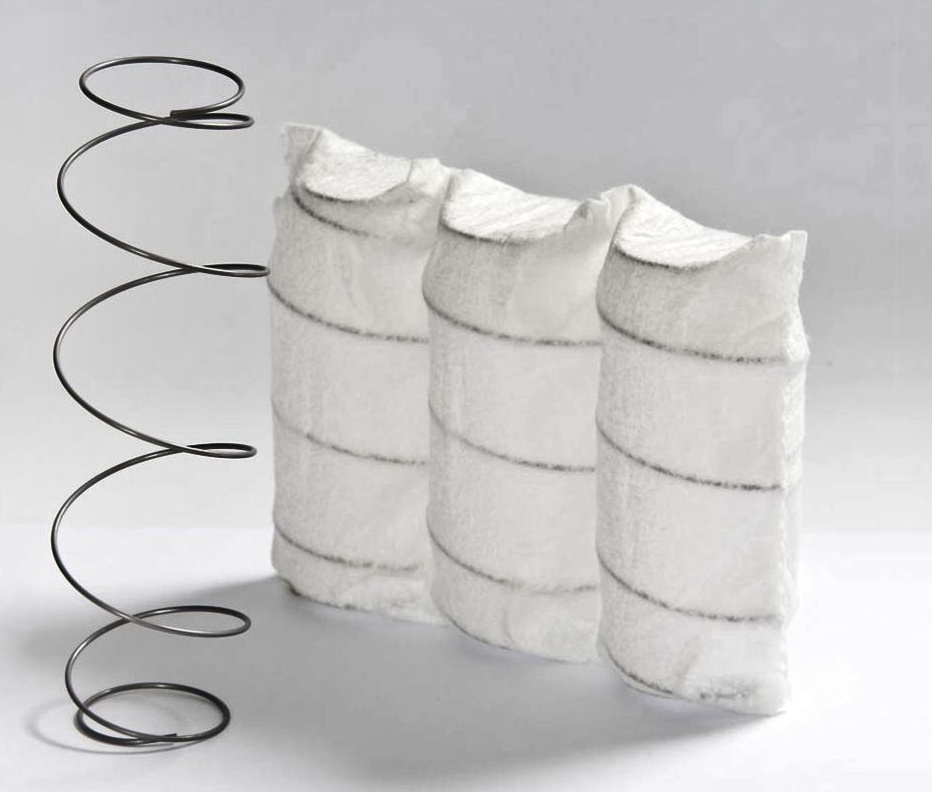
Pocket Spring Pros:
- Durability (high-quality boxes)
- Dependability
- Heavy load
- Even seat
- Resilience
- High breathable properties guarantee a healthy environment.
- Exchange of moisture
- Usability and comfort
- Great back support
Cons:
- Squeaks (often)
- High costs
- Shapes and forms are limited to specific standards.
- Expensive service and pocket replacement
Polyurethane Foam Enjoys the Demand
Polyurethane is also known as PU foam, molded foam and foam plastic. Some people believe that foam plastic sofas are third rate, while polyurethane foam items are top-notch products. The fact is, foam plastic is the same as elastic PU foam. The confusion originates due to different density characteristics. Therefore, it is vital to understand the density and latex degree. Top-quality seat sections and back cushions should feature at least a 30 density index.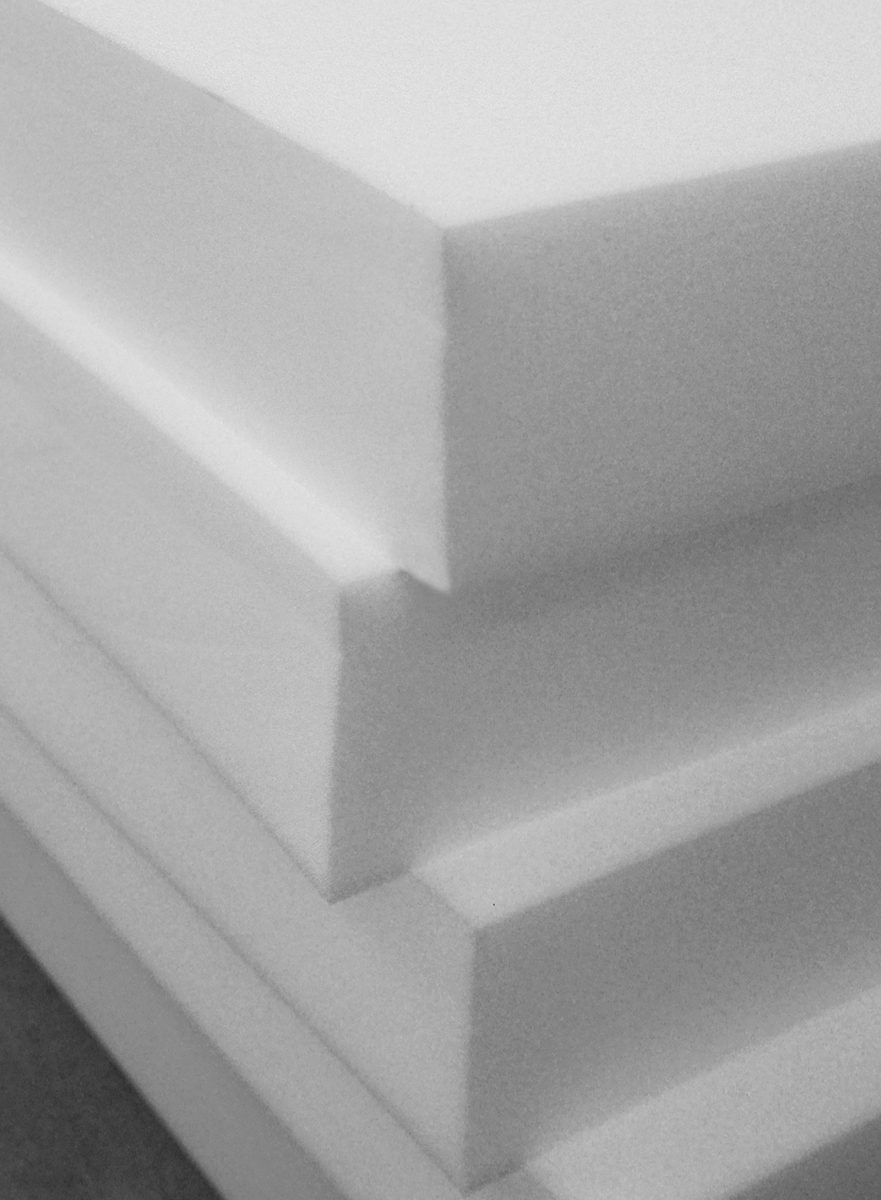
Polyurethane Foam Cons:
- Some customers may find the mattress is relatively firm compared to spring box sofa beds.
- Cheap, low-quality polyurethane foam blocks lose shape in a short period and possess poor resilience.
Polyurethane Foam Pros:
- Durability
- Reliability
- Wide range of shapes and firmness levels
- Hypoallergenic
- It doesn’t store dust
- High resilience properties
- Excellent elasticity characteristics
The Most Affordable Pillow Stuffing – Polyester Batting
Polyester batting is elastic and lightweight material used to stuff pillows and back cushions. Some manufacturers apply polyester batting in sofa bed seat sections combining the stuffing with high-density PU foam to gain the required form and volume.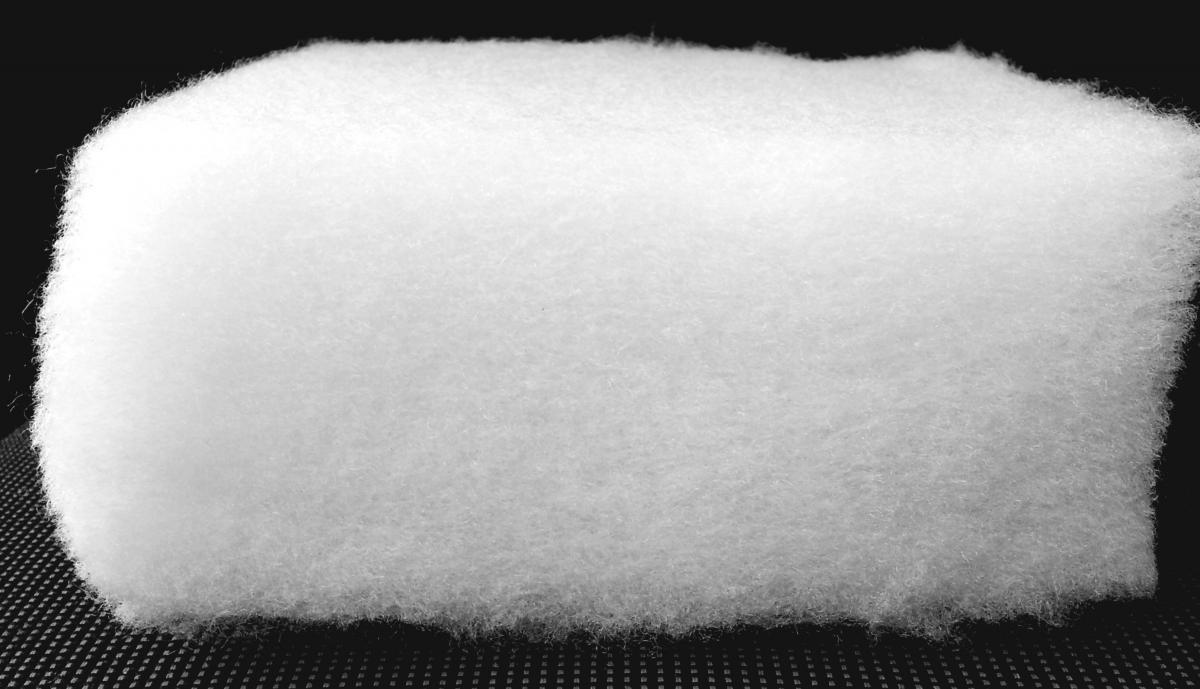
Polyester Batting Pros
- Affordable
- Lightweight
- Resilient
- Hypoallergenic
- High insulation properties
- Moisture-resistant
- Resistant to mould and fungus
Cons:
- Too soft to stuff the seat parts – 100 per cent polyester batting sofas won’t maintain shapes.
- Liable to clumps
The Best Pillow Stuffing – Hollow fibre
Hollow fibre is a relatively new stuffing. The material resembles polyester batting but differs in featuring spiral fibres with high resilience levels that bounce back into shape quickly. Hollow fibre softness properties are highly competitive with down. At that, hollow fibre is hypoallergenic and creates a severe environment for microorganisms and pests. This is the reason our Di-Van factory engages only with hollow fibre.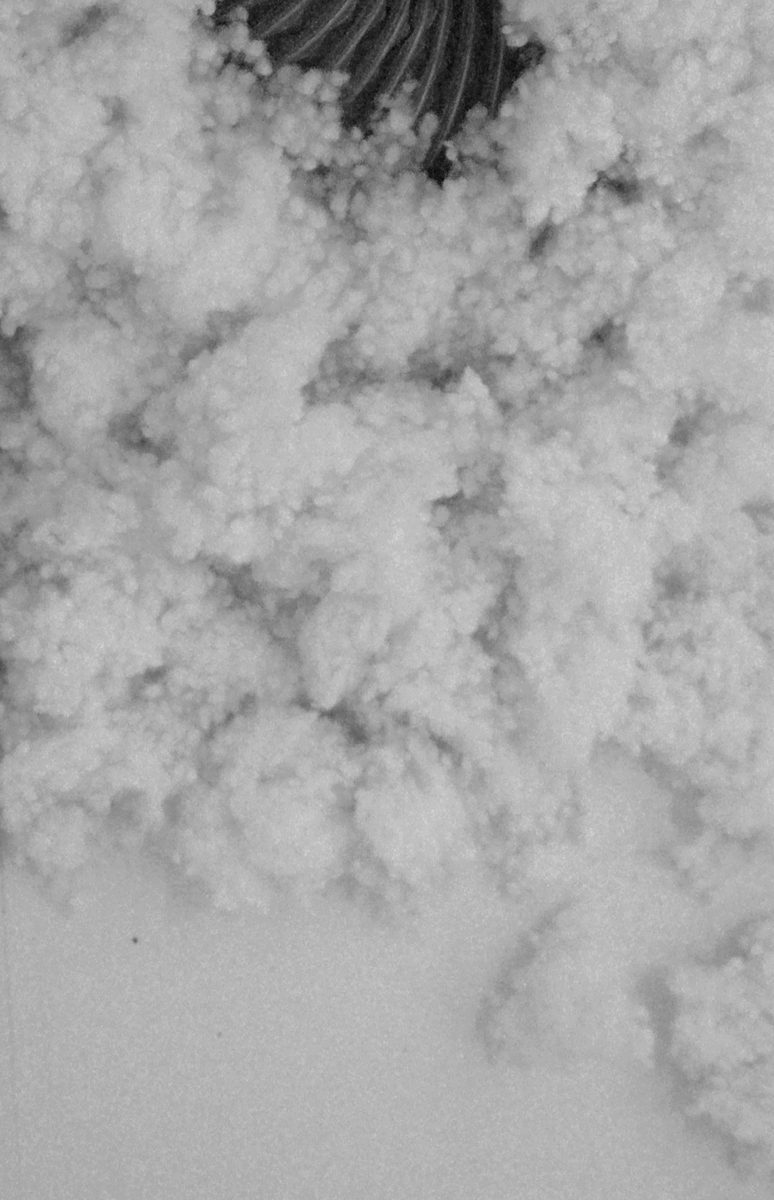
Hollow Fibre Pros:
- Lightweight
- Soft
- High level of resilience
- Affordable
- Moisture-resistant
- Breathable
- Durable
- Antistatic properties
- Hypoallergenic
- High insulation properties
- Odour-resistant, including tobacco
- Clump-resistant
- Fire-resistant
Cons:
- No significant flaws.
The Best Affordable Substitute for Natural Dawn – Holofiber
Holofiber appears to be an artificial substitute for dawn stuffing. It is mainly used to shape accent pillows and back cushions. Due to the spiral construction of fibres, the material bounces back in shape rapidly. The items won’t lose the trade dress even years on.

Cons:
- No significant flaws.
Holofiber Pros:
- Affordable
- Lightweight
- Resilient
- Hypoallergenic
- Soft
- Resistant to wet wash and dry wash
- Resistant to clumps
- Water-friendly
Natural Filling to Shape Sofas – Latex
Organic and natural latex is outstandingly popular but rather expensive as its production is challenging. It is crafted from a pará rubber tree exposed to high temperatures and oxygen. Latex’s primary advantage is the durability that can last up to 30 years.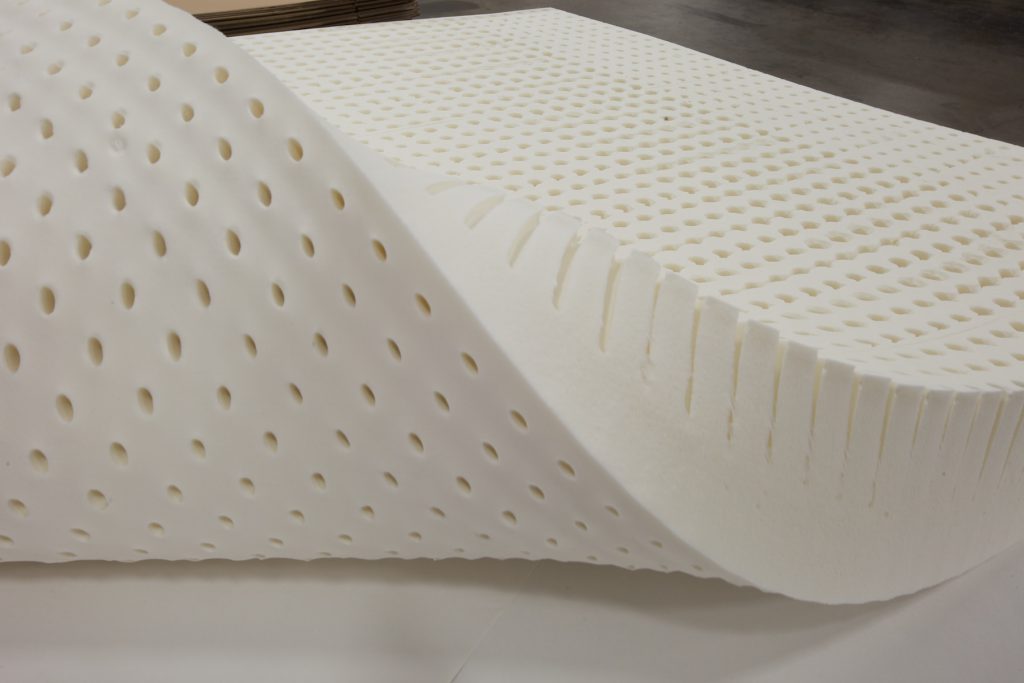
Latex Cons:
- High price
Latex Pros:
- Excellent resilience properties
- Durability
- Water-absorbing qualities
- Natural origin
- High breathable properties
- Hypoallergenic
- Resistant to clumps
- Water-resistance
Latex complements premium-class soft furniture and top-notch orthopaedic mattresses. Artificial latex is a synthesised product found by using chemical constituents. The material’s serviceability is relatively high, amounting to natural ones. Still, synthetic latex durability properties are lower and do not exceed 10 years.